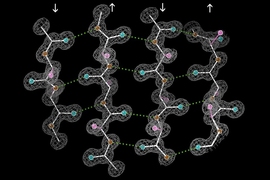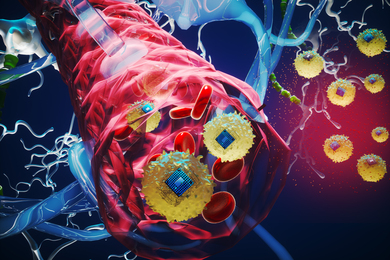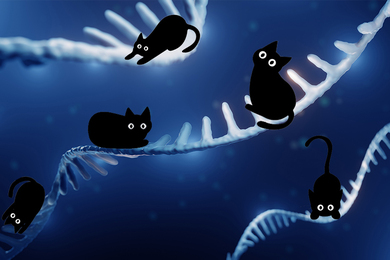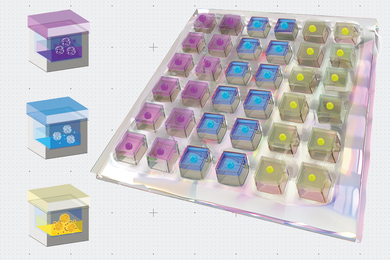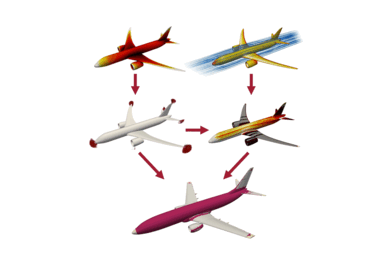MIT Professor Robert Guy Griffin has won the 2017 Richard R. Ernst Prize in Magnetic Resonance, sponsored by the Bruker BioSpin Corporation. The Ernst Prize, which comes with an award of 10,000 euros, was awarded to Griffin on July 2 at the European Magnetic Resonance conference (EUROMAR) in Warsaw, Poland.
Widely considered to be the second-most-prestigious prize in the magnetic resonance community (after the Laukien Prize, which Griffin received in 2007), the Ernst Prize is named after magnetic resonance pioneer Professor Richard R. Ernst of ETH Zurich, a Swiss physical chemist who won the Nobel Prize in 1991 for pioneering experiments that introduced Fourier transform and multidimensional nuclear magnetic resonance to chemistry. Today, just about every chemist interested in determining molecular structure in liquids or solids utilizes these techniques.
The Ernst Prize is intended to recognize research published in the last three years, although the origins of the winner's ideas and experiments may have extended over a longer period. The prize is given to reward achievements going beyond fundamental research, for groundbreaking applications of new or of previously known techniques in all areas of magnetic resonance.
"I am very flattered that my colleagues in the field regard me with such respect," Griffin expressed, with gratitude, to the Ernst Prize Committee.
Griffin, who serves as director of the Francis Bitter Magnet Laboratory, was selected for this award based on his pioneering contributions to high-resolution solid state nuclear magnetic resonance as a whole, as well as its applications to biological systems. In particular, Griffin has developed widely used techniques for dipolar recoupling that permit internuclear distances to be measured during so-called “magic angle” spinning experiments. The citation notes that these methods that “ingeniously exploit the foundations of magnetic resonance permit the elucidation of the structure and dynamics of membrane proteins and amyloid proteins with unprecedented resolution and sensitivity.”
Recent results that have emerged from Griffin’s lab include atomic resolution structures of a critical part of the M2 protein from influenza-A and fibrils of AB1-42, the toxic species in Alzheimer’s disease.

